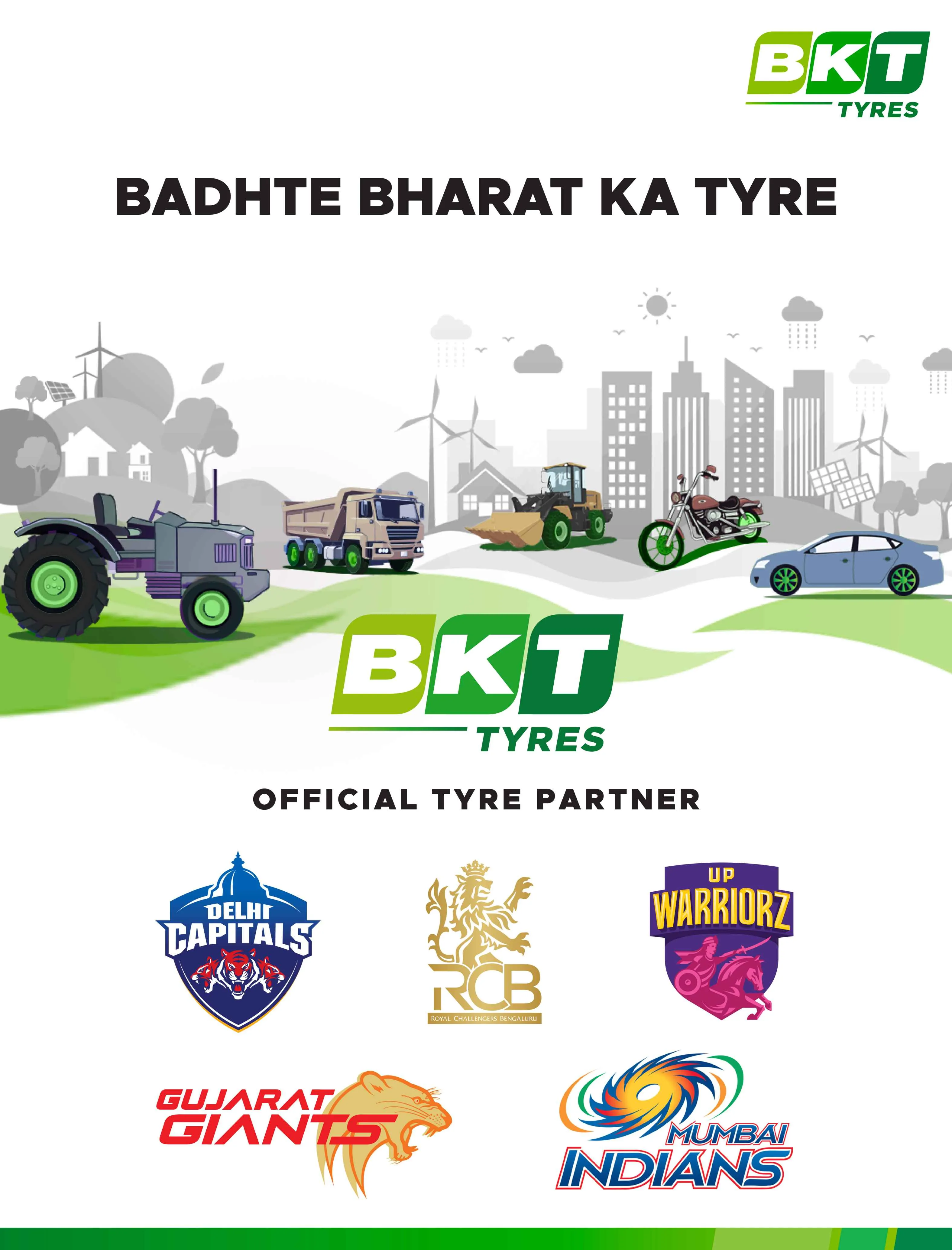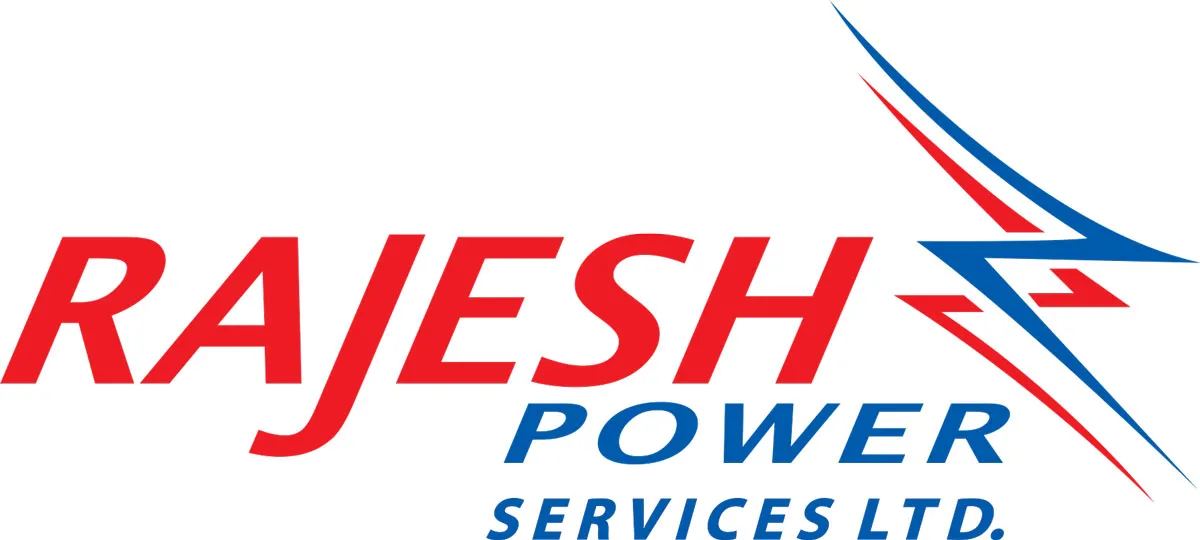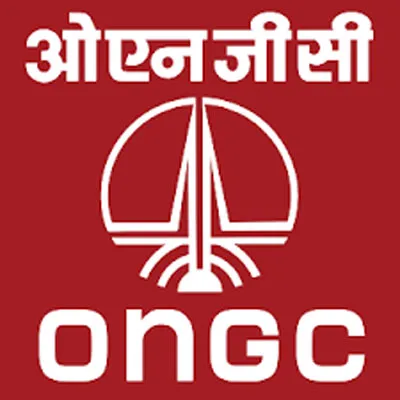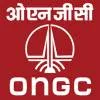The metro rail systems aka “Economic Growth Engines” play a prominent role in leveraging urbanisation for economic growth of the city and the suburbs, says U J M Rao, Managing Director, AP Metro Rail Corporation Ltd.In the world economy, India is positioned today, at 5th rank with $ 3.5 trillion GDP Count. However, the country is aggressively working towards betterment with an ambitious target to reach 3rd position by achieving $ 5-trillion economy by 2027. In fact, this is a very challenging target to reach in a 4 year period and is no mean achievement unless we accelerate our efforts for progressing on all fronts to attain all-round development. How to make it? The positive factors that India is accredited with - we are strong in human resources, as the country today is the most populated one in the world comprising of 1.431 billion people. Secondly, the country is gifted with abundant natural resources like mines and minerals, fertile agricultural fields, rivers and streams spread all over reaching every corner of this country. It is therefore the responsibility of the governments, industries, private and public entities and the visionary people to strive hard for optimum usage of these rich resources and create robust infrastructure facilities whatever and wherever needed, so that India would see a phenomenal GDP growth annually. The services of rail and metro rail sectors are of paramount importance in India’s growth story. As we all know that Indian Railways (IR) is the lifeline of the country’s economy having country-wide 65,300 km rail network with 22,600 passenger services carrying about 24 million people daily and a similar number of goods services, is factually the backbone of the nation’s economic development. Railways have been upgrading itself from time to time by adopting innovative technologies in order to cope up with the increasing transportation needs. Over the last 160 years of IR’s journey, we have seen really a sea change from steam engines era to almost 100-per cent electrification, all comfort trains like Vande Bharat and Shatabdi super-fast expresses, door-to-door modern container (goods) services etc, with increased speed and safety.Railways and metro railways are of same genre and similar in their technical and operational features. While the IR trains are meant for carrying people from one place to another in the country, the metro rail systems are established in big cities for quick mass transportation of city commuters and the floating population to the city. Recently, in the past decade, metro rail projects are coming up in many cities catering to the increased traffic demand of the city, since the population density in cities is rapidly increasing and the migrants to these cities are settling in the remote city outskirts. The metro rail systems aka “Economic Growth Engines” play a prominent role in leveraging urbanisation for economic growth of the city and the suburbs. The mass rapid public transportation system (i.e. metro rails) - the latest induction in the cities - are of sophisticated and superior mode of transportation over other public transport systems. The metro rails are the ultimate solution for the commuters provided with a fast, safer, reliable, efficient, comfortable, pollution free, affordable and eco-friendly transport. Some of the notable techno-economic features of metro rails are: The CBTC (Communication Based Train Control) signalling system, the OCC (Operation Command Control) closely monitoring train movements, driver-less train operations through ATC/ATO digital technology, 3rd rail traction power in place of OHE (Over Head Equipment), AFC (Automatic Fare Collection), PSD (Platform Screen Doors) for passengers safety, MetroApps for all sorts of passenger information, common mobility smart card for a seamless travel, automatic door closing before train-start, etc. The said technological innovations in metro rail systems are towards cost effective and cost saving, safety & security, time and energy saving measures.In India, presently, there are 60 metro rail projects in 28 cities either operational or under construction or approved/under financial closure and many more projects are in the pipeline. As per the PM’s Gati Shakti master plan, metro rail systems are planned to be established in 75 cities before 2027 for which Rs 3 trillion funding has been estimated. Hence, there would be a large-scale expansion of the metro rail industry in the near future. It is pertinent to mention here that for metro rail projects, being green urban mobility reducing considerable amount of carbon emissions in the cities, foreign funding agencies are lending financial support to these projects on soft loan terms i.e. nominal RoI and longer loan repayment periods. More than 40 metro rail projects have received funding in millions of rupees from bilateral/multilateral agencies through the Ministry Of Finance (MoF), Government of India. Thus, large amounts of foreign investments are flowing from external funding agencies in the form of ODA loans/FDIs into the country.At Andhra Pradesh, the APMRCL (Andhra Pradesh Metro Rail Corporation Ltd), a state government corporation, has planned for implementation of the following four metro and urban transportation projects worth Rs 400 billion, to be taken up one after another on priority:i) 76.90 km network length (4 corridors) of Visakhapatnam Light Metro Rail Project at a cost of Rs 143.09 billionii) 38.40 km network length (2 corridors) of Vijayawada Light Metro Rail Project at an estimated project cost of Rs 102.63 billioniii) 60.05 km network length (3 Corridors) of MetroLite Project in Visakhapatnam city and VMRDA area at an estimated cost of Rs 53.32 billion,iv) 107 km length of semi high speed circular suburban rail services covering Vijayawada-Guntur–Tenali-Mangalagiri-Amaravati-Vijayawada at an estimated cost of Rs90.51 billion. In these modern transportation infrastructure projects, 75 per cent will be the cost of materials and non-civil infrastructure, 20 per cent labour and 5 per cent miscellaneous components and as such our requirement in the near future from the industries would be huge in the proportion of above Rs300 billion. Hence, there would be a great scope of business development to the manufacturers, suppliers, service providers, investors and developers. The Andhra Pradesh Metro Rail Corporation Ltd is indeed proud to be a part of the nation-building and playing a significant role in the metro rail industry by bringing up four major urban transport infrastructure projects worth Rs 400 billion. We do hope that the superior travel and transport facilities under implementation would greatly help in the increase of production and productivity, leading to overwhelming inclusive growth of the region and the country.About the author:UJM Rao, an all India services 1988 Batch IRAS officer, is the Managing Director of the Andhra Pradesh Metro Rail Corporation Ltd. He has rich professional experience by virtue of working in top managerial positions for over 40 years in railways and metro railways. He has received 12 prestigious Leadership and Management awards at the highest level.




















